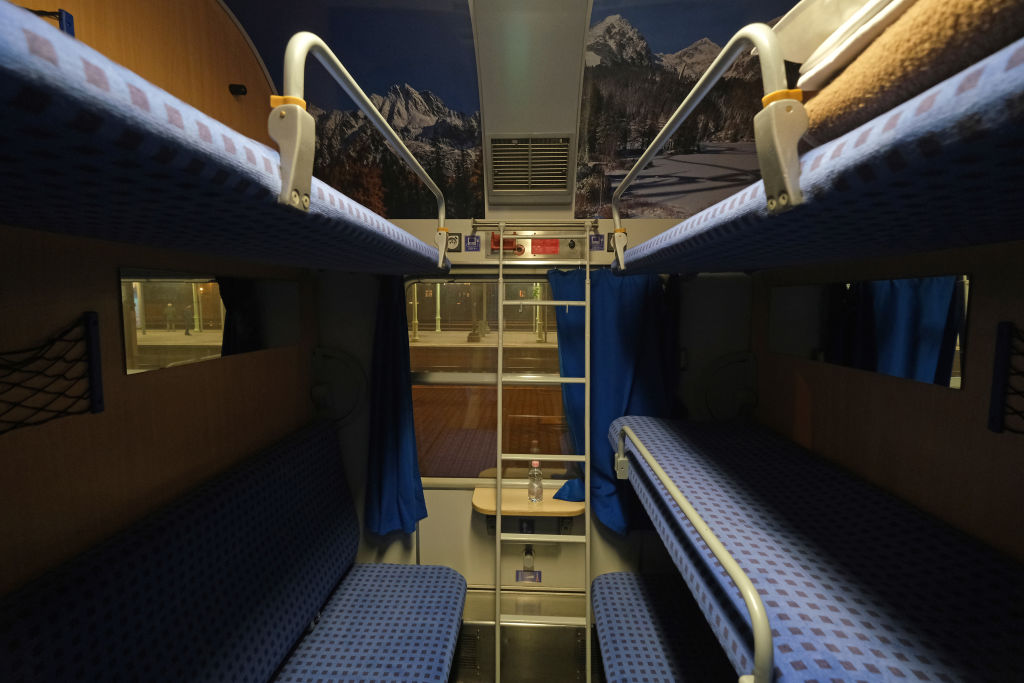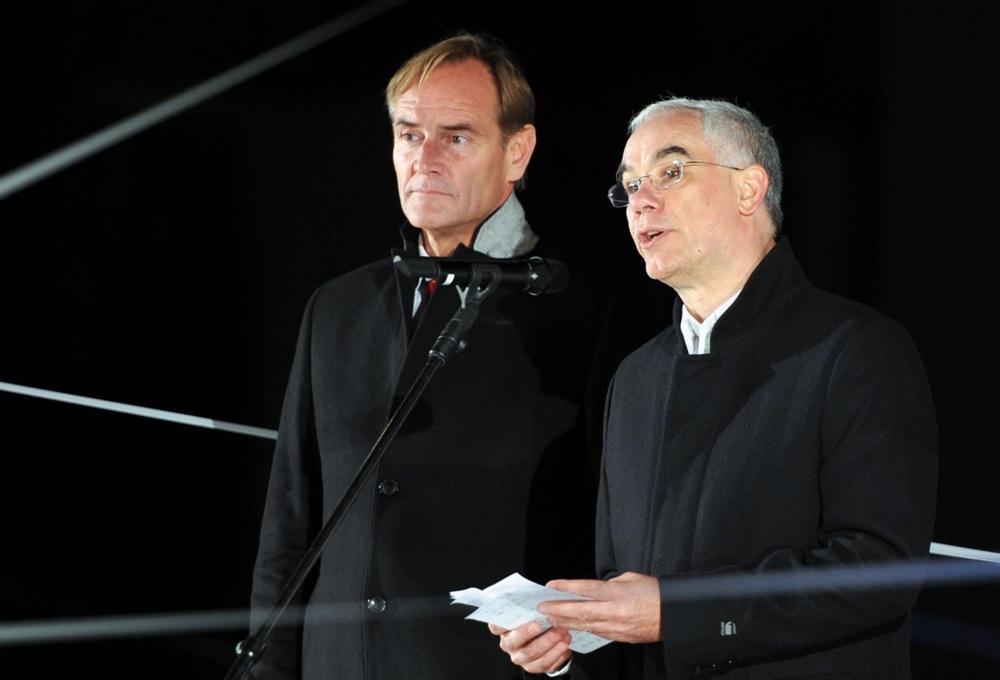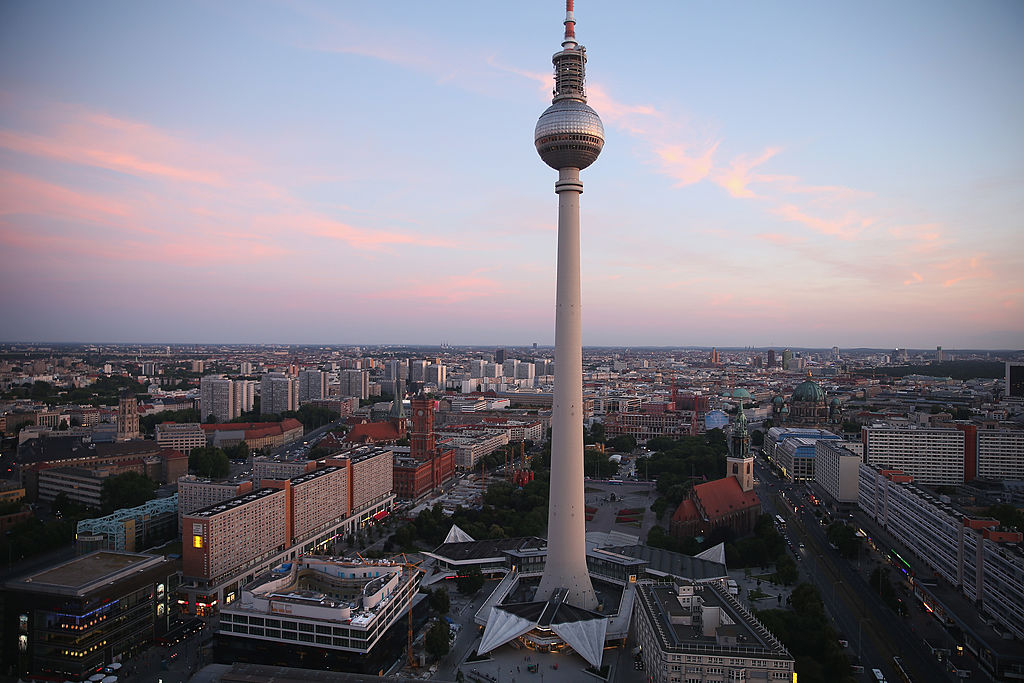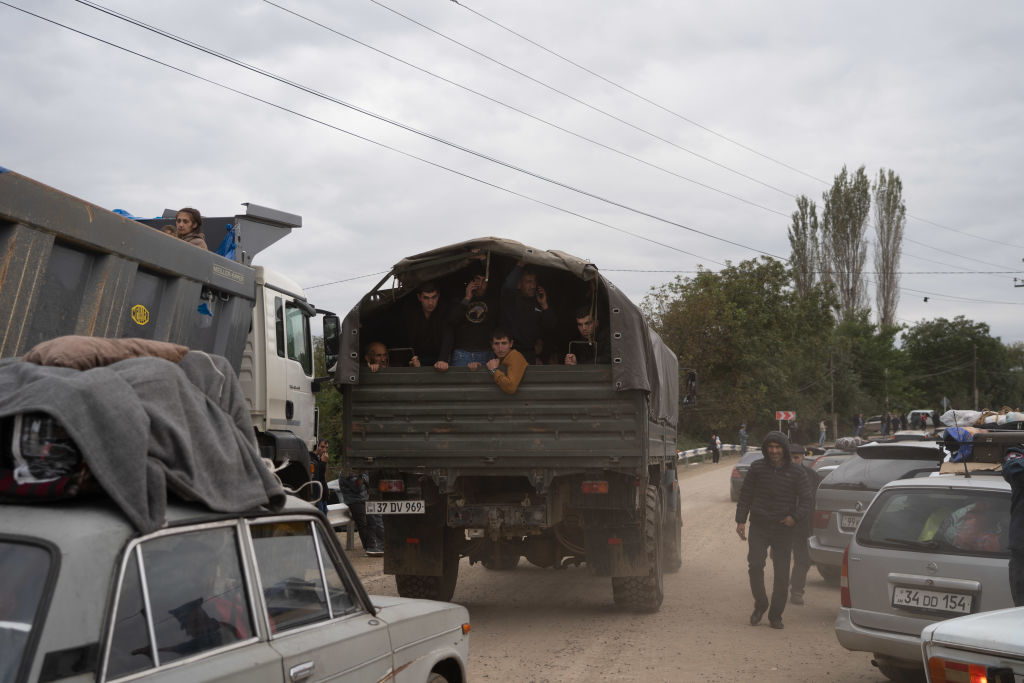The Latvian city of Kuldīga is the latest Baltic city to be added to the much-vaunted UNESCO World Heritage List.
The decision taken by the World Heritage Committee at its 45th session between Sept. 10 -25 in Riyadh, Saudi Arabia, recognised the historic Old Town of the city in western Latvia.
UNESCO World Heritage status is awarded to cultural and natural heritage sites and places judged to have “outstanding universal value”.
The path to World Heritage status for Kuldīga took more than 20 years, according to Latvian media LRT. This included the establishment of the Kuldīga Restoration Centre and a programme to support the protection of historic buildings in the Old Town.
Kuldīga’s historical centre dates back to the 13th century and contains an array of buildings dating from the 13th through to the 19th centuries.
It means the city joins Latvia’s capital city of Riga whose historical centre has previously been added to the UNESCO World Heritage List.
The Baltic states comprise Estonia, Latvia and Lithuania, all of which are positioned on the eastern coast of the Baltic Sea.
Other Baltic countries have seen their cities recognised by UNESCO. The modernist architecture of Lithuania’s second city Kaunas was also added to the UNESCO World Heritage List following the committee meeting in Riyadh.
“This is a historic moment, especially considering that Kaunas Modernism is a relatively new heritage and especially considering the historical and political importance of the period when our modern statehood was born and developed,” said Culture Minister Simonas Kairys, also noting how the decision was unexpected and a welcome surprise.
“Of course, UNESCO [listing] is not only an honour, not only a source of pride, not only the strongest label for tourism, but it is also a responsibility alongside new opportunities.”
The committee members made a number of recommendations that need to be implemented in Kaunas within a year and a half, including drawing up a management plan for the area containing the modernist buildings.
Kaunas joins four other sites in Lithuania that have already been added to the UNESCO World Heritage List:
The historical centre of the capital Vilnius.
The Kernavė Archaeological site, a complex of forts, burial sites, settlements and other archaeological, historical and cultural monuments from the late Palaeolithic Period to the Middle Ages.
The Curonian Spit, a 98-kilometer long, curved sand-dune spit that separates the Curonian Lagoon from the Baltic Sea.
And the Struve Geodetic Arc, a chain of survey triangulation markers stretching through 10 countries—the markers preserved in Lithuania are found at Mekonys, Paliepukai, and Gireiiai—across 2,820 km, from Hammerfest in Norway to the Black Sea.
Following the committee’s vote in favour of adding Kaunas’ modernist architecture to the World Heritage List, the Lithuanian ambassador to UNESCO “invited everyone to come to Kaunas,” LRT reports.





